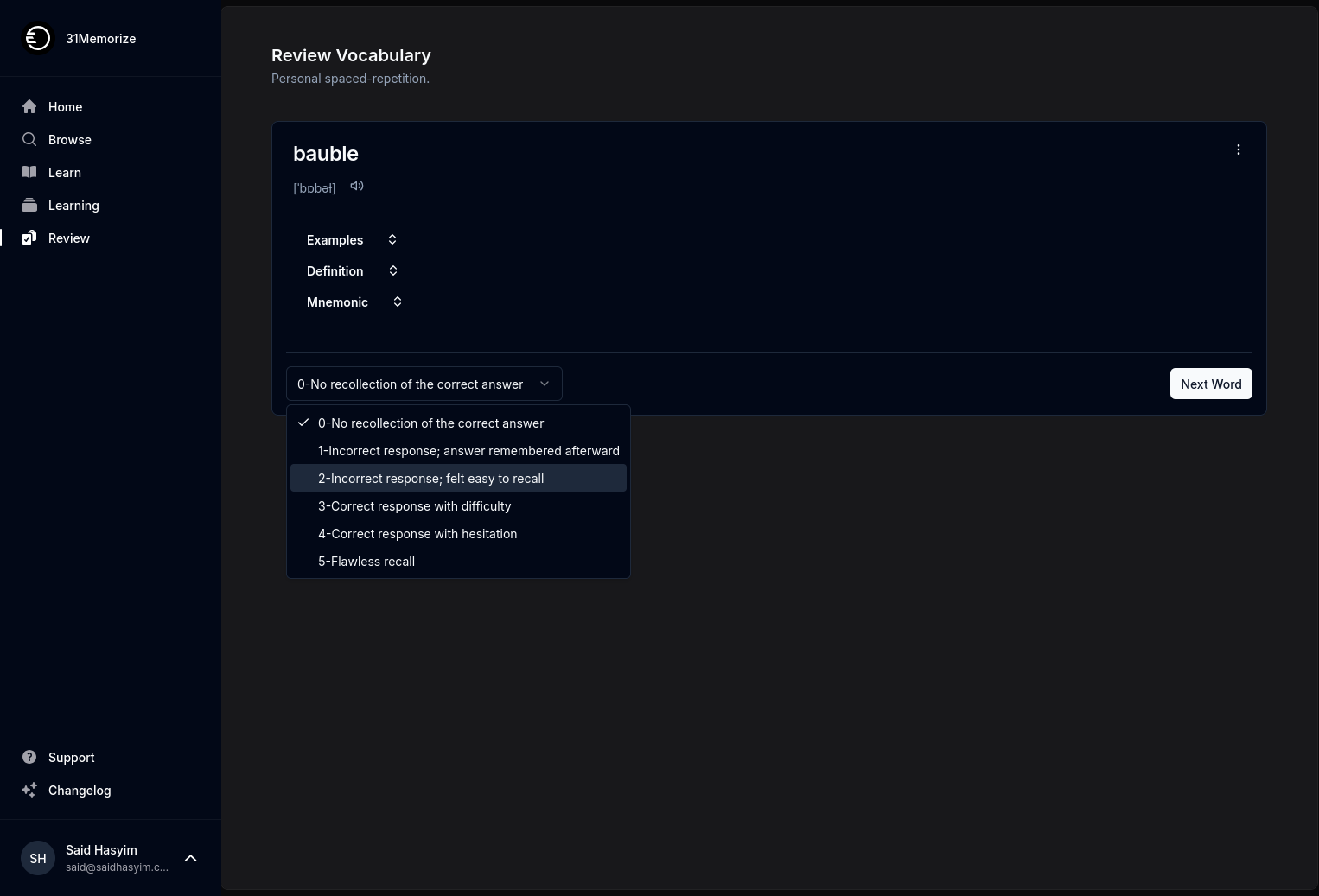Engaging with Negative Reviews: A Guide for Authors
As an author, receiving reviews is an integral part of the journey. Positive reviews can bring joy and validation, while negative reviews can feel like a punch to the gut. It’s important to remember, however, that negative feedback is an opportunity in disguise. Rather than shying away from the criticisms, engaging thoughtfully with negative reviews can enhance your growth as a writer, refine your craft, and foster a loyal reader community.
In this guide, we’ll explore how to handle negative reviews gracefully and productively.
Understanding the Nature of Reviews
Before diving into strategies for engagement, let's take a moment to understand what reviews are. Reviews are subjective opinions formed by readers based on their personal experiences with your book. They reflect individual interpretations and feelings, and not every reader will resonate with your work. Recognizing that literature is a diverse field—complex, nuanced, and varied—can help you maintain perspective.
Types of Reviews
- Constructive Criticism: Reviews that provide specific feedback about what worked and what didn’t. These can be incredibly valuable for improving your writing.
- Rants: Emotionally charged reviews often lacking constructive content. They may stem from the reader’s expectations or personal experiences rather than your book itself.
- Comparative Reviews: Readers might compare your work to others. While this can be frustrating, it can also signal genres or elements you might explore further in your writing.
- Uninformed Opinions: Occasionally, readers may misunderstand your narrative or themes. These reviews stem from misinterpretations rather than shortcomings in your work.
Step 1: Read with an Open Mind
The first instinct upon encountering a negative review may be defensiveness. However, it’s essential to approach the review with an open mind. Put aside any immediate emotional reaction and take time to reflect.
What to Look For:
- Common Themes: If multiple reviews mention the same issue, it’s worth considering. Perhaps there’s an element of storytelling that could be improved or clarified.
- Specific Feedback: Constructive critiques often point out specific aspects of the writing, such as pacing, character development, or dialogue. Take note.
- Reader Expectations: Understanding what readers were hoping for can provide insight into how your work is perceived within a larger market.
Step 2: Engage Elegantly
Once you’ve processed the review, consider how you might engage. This isn’t always necessary; sometimes, it’s best to simply move on. However, when a thoughtful response seems fitting, here’s how to do so:
Responding to Constructive Criticism:
- Thank the Reviewer: Start by expressing gratitude for their feedback. A simple "Thank you for taking the time to share your thoughts" goes a long way.
- Acknowledge their Perspective: Even if you disagree, validate their feelings. For example: “I understand that the pacing was not to your preference.”
- Share Your Intentions: You can explain your choices in the book, but do so in a way that invites dialogue rather than defensiveness. “I intended for the story to unfold slowly to build tension, but I appreciate your viewpoint.”
- Encourage Further Feedback: If the conversation seems appropriate, invite them to share more thoughts or suggest what they’d like to see in future works.
Ignoring Rants and Uninformed Opinions:
Not every negative review warrants a response. Baseless criticisms or emotionally charged outbursts may not benefit from engagement. In these cases, it’s perfectly acceptable to move on.
Step 3: Use Feedback for Improvement
Negative reviews can inform your growth as a writer. Keep a journal where you document recurring themes or critiques. Use this as a roadmap for your writing journey. Consider these avenues for growth:
Workshops and Beta Readers
- Share your work with trusted peers or beta readers prior to publication to gather feedback early on.
- Use criticism from beta readers to identify potential issues that might resonate with reviewers.
Enroll in Writing Courses
Consider taking writing workshops focused on areas where reviewers have noted weaknesses. Whether it’s character development or plot pacing, continuous education can sharpen your skills.
Experiment with New Techniques
If multiple reviewers highlight similar issues, challenge yourself to try something new. This can invigorate your writing approach and inspire creativity.
Step 4: Building a Supportive Reader Community
Engaging adeptly with readers—both positive and negative—can help create a community around your work. Consider the following actions:
Develop a Newsletter
Create a newsletter to keep in touch with your readers. Share your writing process, insights, challenges, and triumphs. This not only fosters community but provides readers with an inside look at your work.
Social Media Engagement
Engage with your audience on social media. Respond to comments (both positive and negative) in a meaningful way. Storytelling is inherently social; engaging with readers builds relationships.
Host Q&A Sessions
Offer a platform for your readers to ask questions and share their thoughts. Live Q&A sessions can demystify your writing process and deepen reader appreciation for your work.
Conclusion
Negative reviews, while initially disheartening, provide a fertile ground for growth. Approaching them with an open mind, engaging thoughtfully, utilizing feedback, and fostering a supportive community can turn criticism into a stepping stone in your journey as an author.
Embracing the full spectrum of reader feedback, both positive and negative, enriches your writing and strengthens your connection to your audience. Remember, every author faces criticism; it’s how you respond that defines your journey in the literary world.
Happy writing!
